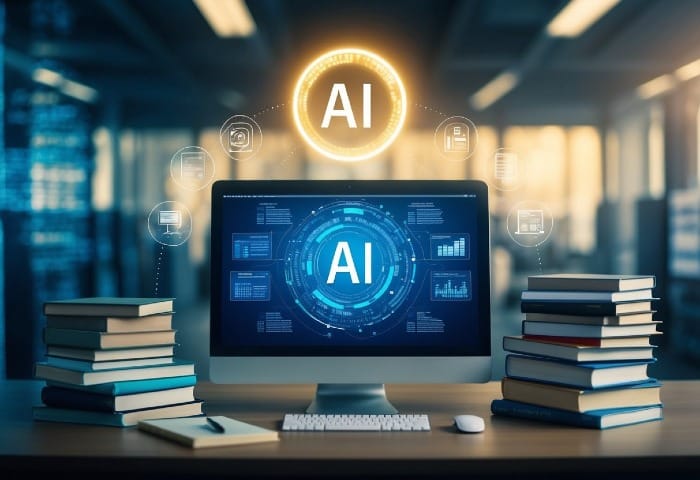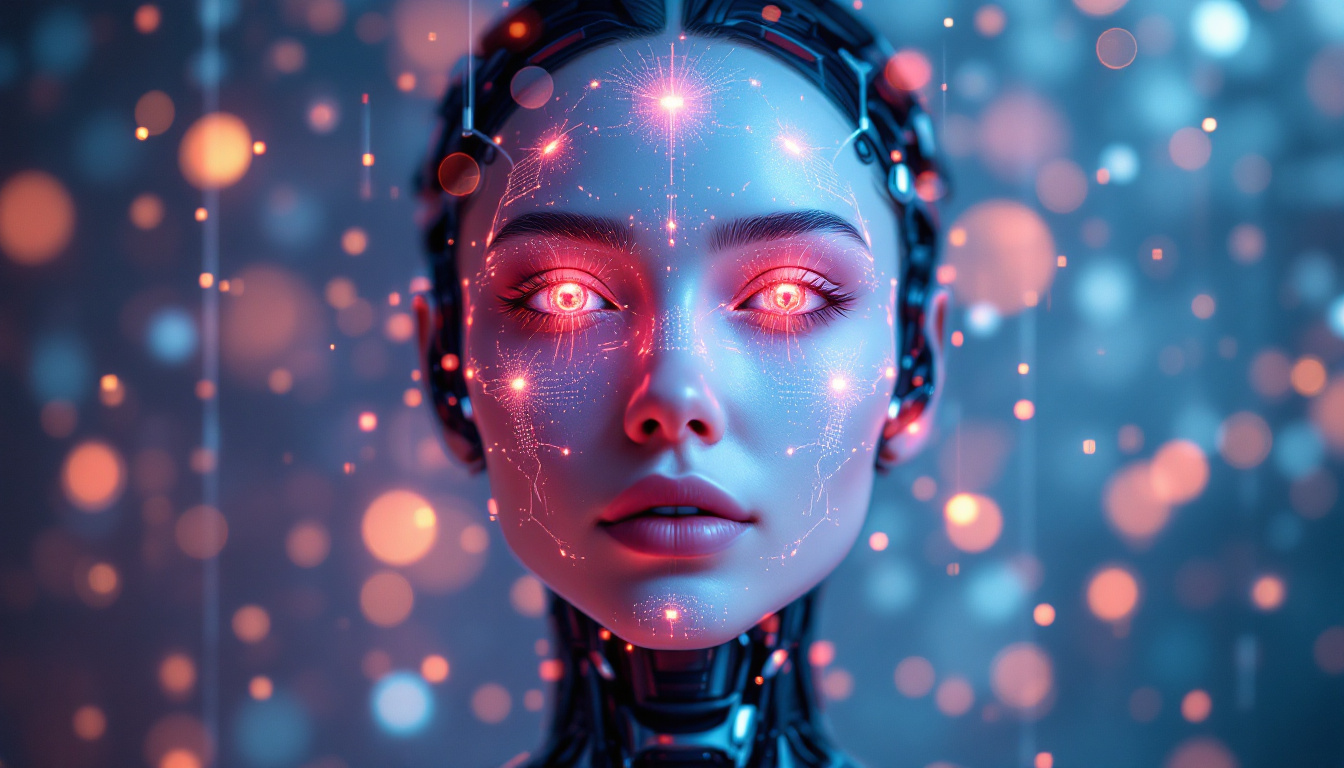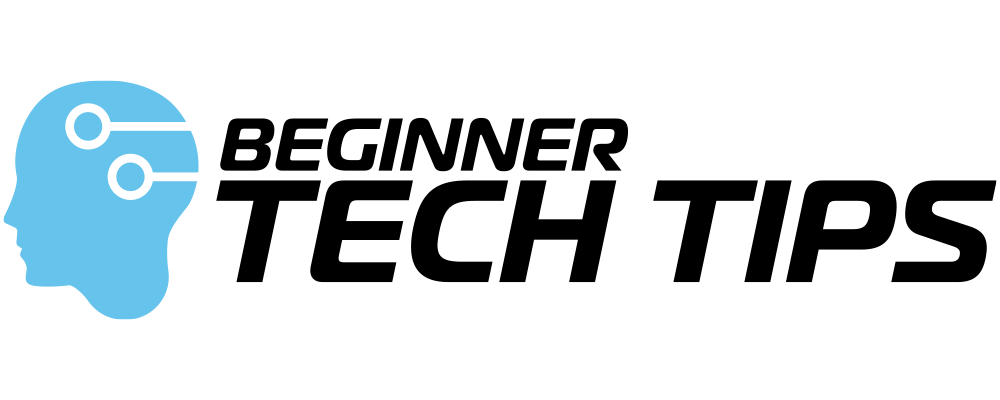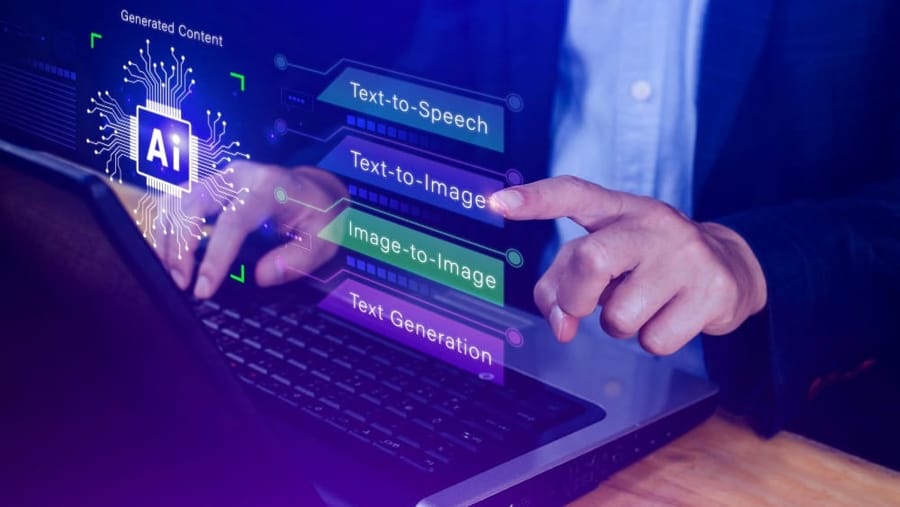Learning AI might seem hard at first, but you can start with the basics and work your way up. You can learn artificial intelligence through a structured 12-week curriculum that covers everything from neural networks to computer vision and natural language processing.
The world of AI is growing fast, and you don't need to be a math genius to get started. Many beginner-friendly courses break down complex ideas into simple steps. You'll discover how AI helps solve real problems and makes everyday tasks easier.
Want to join the AI revolution? The AI for Beginners course gives you hands-on practice with tools like PyTorch and TensorFlow. You'll learn about AI ethics and see how machines can learn from data, just like humans learn from experience.
Understanding Artificial Intelligence

AI technology helps machines act like humans by learning from data and making smart choices. Modern AI touches many parts of your daily life, from suggesting movies to answering questions.
History and Evolution of AI
The AI journey started in 1956 at Dartmouth College when scientists first dreamed of making smart machines. Early AI could only handle simple tasks like basic math and games.
The real breakthrough came in the 2010s with better computers and more data. AI got much smarter thanks to deep learning techniques that copy how human brains work.
Today's AI can do amazing things. ChatGPT writes text, while other AI programs create art and drive cars.
Narrow AI vs. Artificial General Intelligence
Narrow AI excels at specific tasks. Google uses it to improve search results, and Netflix picks shows you might like.
Narrow AI Examples:
- Virtual assistants like Siri
- Face recognition on phones
- Email spam filters
- Product recommendations
Artificial General Intelligence (AGI) aims to match human thinking across all tasks. While still a future goal, AGI would think and learn like you do.
AI in Daily Life
You probably use AI many times each day without noticing. When you open your phone with your face, that's AI working.
Common AI Tools You Use:
- Music streaming suggestions
- Maps with traffic updates
- Smart home devices
- Social media feeds
AI helps make your life easier by performing complex tasks like translating languages and answering questions. Each year brings new ways AI can help with daily activities.
Diving into Machine Learning

Machine learning helps computers learn from data to make smart decisions. You'll discover how different types of learning work and explore the key algorithms that power AI systems.
Fundamentals of Machine Learning
Machine learning basics start with understanding how computers learn patterns in data. You'll need some math and statistics knowledge to get started.
Your journey begins with data preparation. Clean, high-quality data is essential for training effective models.
The learning process involves training, testing, and validation phases. Think of it like teaching a child - first you show examples, then test their understanding, and finally see how well they apply what they've learned to new situations.
Features are the building blocks of machine learning. These are the specific pieces of information your models will use to make predictions.
Supervised vs. Unsupervised Learning
In supervised learning, you provide labeled data to train your model. It's like having a teacher guide you through examples.
Unsupervised learning finds patterns without labels. Your model explores data on its own to discover hidden structures and relationships.
Common supervised tasks include:
- Predicting house prices
- Identifying spam emails
- Recognizing faces in photos

Unsupervised learning helps with:
- Customer segmentation
- Anomaly detection
- Pattern discovery
Machine Learning Algorithms and Models
Popular algorithms you'll want to learn include:
- Linear Regression
- Decision Trees
- Random Forests
- K-means Clustering
- Neural Networks
Each algorithm serves different purposes. Linear regression helps predict numbers, while decision trees make yes/no choices.
Machine learning models need careful tuning to work well. You'll learn to adjust parameters and avoid common pitfalls like overfitting.
Start with simple models before moving to complex ones. This helps you build a strong foundation and understand core concepts better.
Exploring Neural Networks and Deep Learning

Neural networks are amazing tools that try to copy how your brain works. They use layers of artificial neurons to learn patterns and solve complex problems.
Introduction to Neural Networks
Think of neural networks like tiny digital brains. Each network has layers of connected nodes that work together, similar to how your brain's neurons communicate with each other.
Your brain has about 100 billion neurons, with each one connecting to thousands of others. Artificial neural networks copy this design but at a smaller scale.
Key components of neural networks:
- Input layer: receives initial data
- Hidden layers: process information
- Output layer: provides final results
- Weights and biases: help the network learn
Deep Learning Applications
Deep learning powers many tools you use every day. When you unlock your phone with your face or ask Siri a question, you're using deep learning technology.
Popular applications include:
- Computer vision for photo recognition
- Speech recognition
- Language translation
- Game playing AI
- Medical diagnosis
Deep neural networks can have many layers between input and output. This lets them tackle harder problems and make better predictions.
Frameworks and Libraries
You can start building neural networks using friendly tools designed for beginners. These tools make complex AI more approachable.
Popular frameworks:
- TensorFlow: Google's powerful AI platform
- PyTorch: Facebook's flexible framework
- Keras: A simple way to build neural networks
Free learning resources help you get started with these tools. Many come with example projects and tutorials you can try right away.
Practice datasets let you experiment without risk. Start small with basic projects like image classification or number recognition.
Programming Languages and Tools for AI

Getting started with AI requires picking the right programming tools and setting up a proper workspace. The most popular languages and libraries make it easier to build AI applications without starting from scratch.
Choosing the Right Programming Language
Python is the top choice for AI development thanks to its simple syntax and huge community. You'll find it easier to learn than other languages, especially as a beginner.
R is great for statistical analysis and data visualization in AI projects. It works well with Python and has special tools for machine learning.
Key factors to consider when picking a language:
- Learning curve and available tutorials
- Library support for AI/ML
- Community size and help resources
- Job market demand
Popular AI and Machine Learning Libraries
TensorFlow and PyTorch are the main libraries you'll use for deep learning projects. They help you build neural networks without complex math.
Python's sci-kit-learn library is perfect for your first ML projects. It has tools for:
- Data preprocessing
- Classification
- Regression
- Clustering
NumPy and Pandas make it easy to work with data in Python. They handle the heavy lifting of data manipulation.
Setting Up AI Development Environment
Start with Anaconda - it bundles Python and key data science tools in one package. You won't need to install everything separately.
Essential tools for your setup:
- Jupyter Notebooks for interactive coding
- VS Code or PyCharm as your main editor
- Git for version control
- A GPU if you plan to do deep learning
Cloud platforms like Google Colab give you free access to powerful computers for AI training. You can start coding right away without installing anything.
Data Science: The Bedrock of AI

Data science forms the foundation that makes AI possible. Your journey starts with learning how data powers AI systems and shapes their decision-making abilities.
The Intersection of Data Science and AI
AI needs data to learn and make decisions, just like you need information to learn new skills. Python programming is your first step into this world, along with key libraries like NumPy and Pandas.
Data science helps AI systems spot patterns and learn from examples. Think of it as teaching a computer to recognize cats by showing it thousands of cat pictures.
Your AI models become smarter through:
- Data collection and cleaning
- Pattern recognition
- Statistical analysis
- Machine learning algorithms
Understanding Data Structures and Algorithms
Data structures are like containers that hold information in organized ways. You'll work with:
Basic Structures:
- Arrays and lists
- Dictionaries
- Trees and graphs
Key Algorithms:
- Sorting methods
- Search techniques
- Classification systems
These tools help you organize data so AI can process it efficiently. Good data structure choices make your AI systems run faster and work better.
Data Modeling and Visualization

Data visualization turns complex numbers into clear pictures. You can use tools like Matplotlib and Seaborn to create:
Popular Visualization Types:
- Line graphs for trends
- Scatter plots for relationships
- Heat maps for patterns
Your models need to make sense of raw data. Start with simple statistical models before moving to complex AI systems.
Remember to test your models with real data. This helps you spot problems early and make better predictions.
Starting a Career in AI
Getting into AI requires a mix of technical skills and hands-on experience. You'll need to master key concepts, find the right job role, and build real projects to show employers what you can do.
Educational Pathways and Learning Plan
Start with core AI fundamentals like mathematics, programming, and machine learning basics. Take online courses from trusted platforms to build your foundation.
Here's what to focus on first:
- Python Programming
- Statistics and probability
- Machine learning algorithms
- Deep learning frameworks
- Data structures and algorithms
Consider getting certified in popular AI tools and technologies. Many employers value certifications from Google, IBM, or Microsoft.
Mix self-study with structured learning. Spend 1-2 hours daily on learning new concepts and practicing coding skills.
Roles and Responsibilities of Data Scientists
Entry-level AI positions often start in data science. Your main tasks will include:
- Collecting and cleaning data
- Building machine learning models
- Testing and improving AI systems
- Collaborating with other teams
You'll work closely with software engineers and business analysts. Be ready to explain complex ideas in simple terms.
Expect to spend time debugging code and fine-tuning models. Good problem-solving skills are essential.
Building a Portfolio with Practical Projects
Create projects that showcase your skills. Start with simple tasks like:
- Image classification systems
- Chatbots
- Sentiment analysis tools
- Recommendation engines
Share your code on GitHub. Add detailed documentation to show your thought process.
Join AI competitions on Kaggle to practice with real datasets. This gives you experience in solving actual problems.
Make each project solve a specific problem. Employers want to see practical applications, not just technical demos.
Ethical Considerations and the Future of AI

As AI grows more powerful, you need to think about both its ethical impact and where the technology is heading. Your role in shaping responsible AI development will help create positive outcomes for society.
AI and Ethics
When working with AI, you must consider fairness and transparency in your systems. This helps build trust with users and prevents harmful bias.
Privacy protection should be a top priority in your AI projects. Make sure you handle user data carefully and get proper consent before collecting or using personal information.
AI in healthcare raises important ethical questions about patient confidentiality and treatment decisions. You'll need to balance the benefits of AI diagnosis with protecting sensitive medical data.
Predicting the Future of AI and Its Impact
Artificial General Intelligence (AGI) might change how you work and live. While we're not there yet, you should stay informed about AGI developments and their potential effects on society.
AI research continues to advance in exciting ways. You'll likely see more AI-powered robots in manufacturing, healthcare, and daily life.
Some key areas to watch:
- Smart home automation
- Medical diagnosis tools
- Self-driving vehicles
- Educational AI assistants
Conclusion
AI tools make it easier to get started with artificial intelligence. You can jump right in with AI writing assistants that help create content or analyze text.
The best way to learn AI is to start using basic tools and gradually work up to more complex applications. Take small steps and celebrate your progress along the way.
Deep learning and reasoning may seem complex at first, but with practice and patience, you'll grasp the concepts. Start with user-friendly tools that have clear interfaces.
Remember that AI technology keeps improving. What seems advanced today will become much simpler tomorrow. Stay curious and keep exploring new AI tools as they emerge.
Your AI journey is just beginning. The skills you learn now will help you adapt as artificial intelligence continues to grow and change. Keep practicing, and don't be afraid to experiment with different AI applications.
Stay excited about learning! There are countless ways to use AI in your daily life and work. The future is bright for anyone willing to embrace these powerful tools.


